You might not think of winter as a time to plant bulbs or as a time to do any gardening for that matter, but that is not the case. There are several spring-blooming bulb species that you can put in the ground during the winter months. In this article, we’ll introduce seven bulb plants that are ok to plant during the winter. We’ll also address some of the most common questions people have about bulb planting.
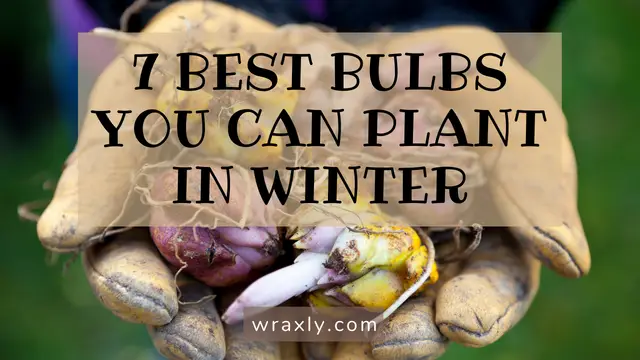
Table of contents
Allium
Allium plants are some of the most recognizable flowering bulb plants due to their unique shape. These plants develop a single tall stem atop of which sits a globe-shaped cluster of small flowers. These flowers stand tall above most other blooming bulbs and often have a purple color. At times, an allium may reach an impressive height of four feet tall.
It’s most common to plant allium bulbs in October or November, just before the ground begins to freeze. However, it’s also possible to plant these plants during the later parts of winter, including the end of February and the end of January, when the ground is beginning to thaw.
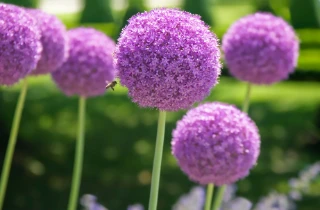
Crocus
Crocuses may be on the smaller side, typically rising no more than a few inches above the ground, but they are also one of the most popular spring-blooming bulbs around. The reason for this popularity is that crocuses bloom before nearly any other plant in late winter and are some of the most colorful plants you can find at that time of year.
To enjoy the early spring blooms of a crocus, you should plant it in the fall. However, it remains possible to plant your crocuses during the winter months. If you choose winter as a planting time, you can expect your crocuses to bloom a bit later in the season, but you will still have the chance to enjoy their beauty.
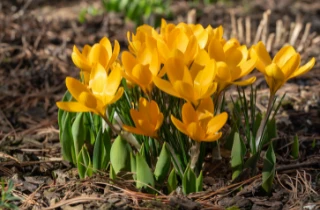
Daffodil
With bright, trumpet-like flowers that bloom in shades of yellow and off-white, there are few sights as pleasing in the early spring landscape as a garden bed full of daffodils. Daffodils come in many different varieties, each of which may have different growing preferences and different ornamental features that make them stand out from the rest.
Regardless of which type of daffodil you choose, these plants are known to react as well as any other bulb to a winter planting time. Again, winter planting is later than a typical fall planting for daffodils, but the only downside is that the blooms will likely arrive a bit later in the spring as well.
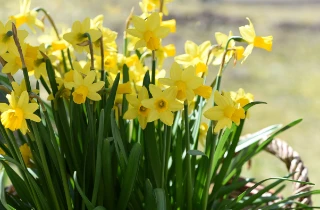
Hyacinth
Hyacinths are beautiful plants with vibrant flower clusters that are somewhat reminiscent of lilac blooms. They are also some of the easiest bulb plants to take care of. What makes these plants even more attractive to many gardeners is that it is a perennial species that will come back every season to grace your garden with their blooms.
The key to planting a hyacinth bulb is timing. Interestingly, these plants require cold temperatures to look their best when they emerge from the ground in spring. The ideal time to plant a hyacinth bulb is after the winter’s first frost but before the ground is entirely frozen. As such, it’s entirely possible that an early or late winter planting time will be best for your hyacinth plant.
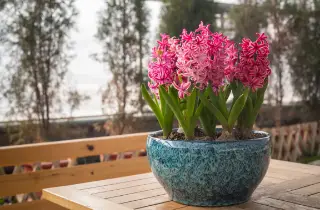
Iris
Irises are another staple of the spring season. These plants burst from the ground with long, flat leaves that culminate in a prominent and colorful flower at the top. The petals of those flowers have interesting curving shapes and can vary greatly in their color.
There are many types of irises that you can grow in your garden, and some are more suitable for winter planting than others. One of the irises that you can plant in the winter is known as the Dutch iris. Dutch irises have excellent cold hardiness and can survive freezes, which means you should have no issue planting them in the winter season.
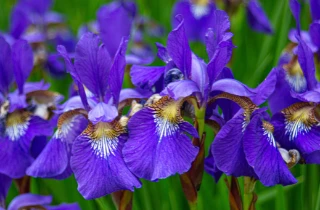
Snowdrop
Snowdrops are another example of a plant that requires cold exposure to develop into a beautiful flowering plant. Without exposure to cold temperatures during winter, these bulbs will often fail to grow. When they do grow, snowdrops become small but elegant plants that hold drooping white flowers just above the soil’s surface.
The most common planting time for snowdrops is in the early fall before the frost arrives. Alternatively, you can plant snowdrops in the later parts of the winter as well, including the months of February and early March.
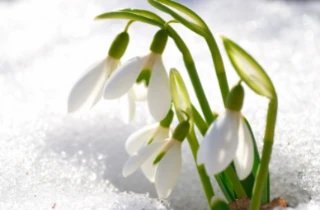
Tulip
When considering spring-blooming bulbs, tulips are likely the plant that comes to mind first for most gardeners. Due to how sought after these plants are, the tulip genus now includes countless cultivated varieties, representing nearly every bloom color you can imagine. As such, many gardeners are eager to learn how to plant tulips correctly.
As is true for most spring-blooming bulbs, the best time to plant a tulip is in the fall. However, tulips show a remarkable ability to grow well even when planted later in the winter. If the ground is not entirely frozen, planting tulip bulbs in winter will not be detrimental to the plant’s health and appearance.
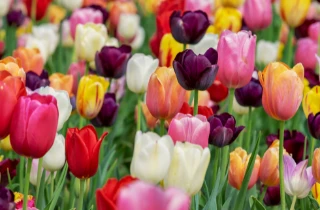
FAQs About Planting Bulbs
Now that you know about some of the most common bulb plants that you can plant in winter, it’s time to boost your bulb-planting knowledge a bit more. Below you can find some quick answers to some of the most common questions gardeners have about planting bulbs.
The typical planting time for bulbs depends on whether the species is a spring-blooming plant or a summer-blooming plant. The standard practice for spring-blooming bulb plants is to plant them during the fall months. For summer-blooming bulbs, it is more common to plant them during the spring.
Planting bulbs in winter is permissible for many bulb species but doing so can affect your plants in certain ways. Most notably, planting a spring-blooming plant in winter rather than in fall will likely cause the plant to bloom later than it normally would. The reason for this later bloom is that the plant still requires time to develop below the soil and sprout before it can produce a flower.
It is ok to plant some bulbs in the ground when there is snow present. Often, all you’ll need to do is clear away the snow to access the soil. What’s more important is the temperature of the actual soil. If your soil is completely frozen, it will be unworkable and is not suitable for planting. By contrast, if your soil has experienced a frost, it’s likely possible for you to dig below and plant your bulbs where the soil is still somewhat loose.
If you attempt to plant your bulbs in winter and find that the ground is too frozen to be workable, you can try starting your bulbs in a container. Growing bulbs in a container allow you to set the ideal soil conditions for your plant. It also allows you to move your plants as needed. However, if you grow your bulbs in containers indoors, you should pay special attention to the temperature needs of your bulbs, as many species require cold exposure to develop properly.
Final Thoughts on Bulbs to Plant in Winter
Planting bulbs in the winter may not be the most conventional approach, but that does not mean you can’t do it. The key to planting bulbs during the winter months is to choose plant species that will respond well to a winter planting time. As our list proves, there are at least seven popular bulb plants that survive winter planting and look fantastic when spring arrives.

John Haryasz is a freelance writer and landscape designer. In the field of landscape architecture, he has contributed to many successful design projects throughout the country. As a writer, John specializes in creating captivating and informative web content. Through that work, he aims to share his design knowledge and promote engagement with the outdoor world.

![How to Water Indoor Plants [Plant Care 101]](https://wraxly.com/wp-content/uploads/2021/03/How-to-Water-Indoor-Plants-Plant-Care-101-1200-1024x576.webp)
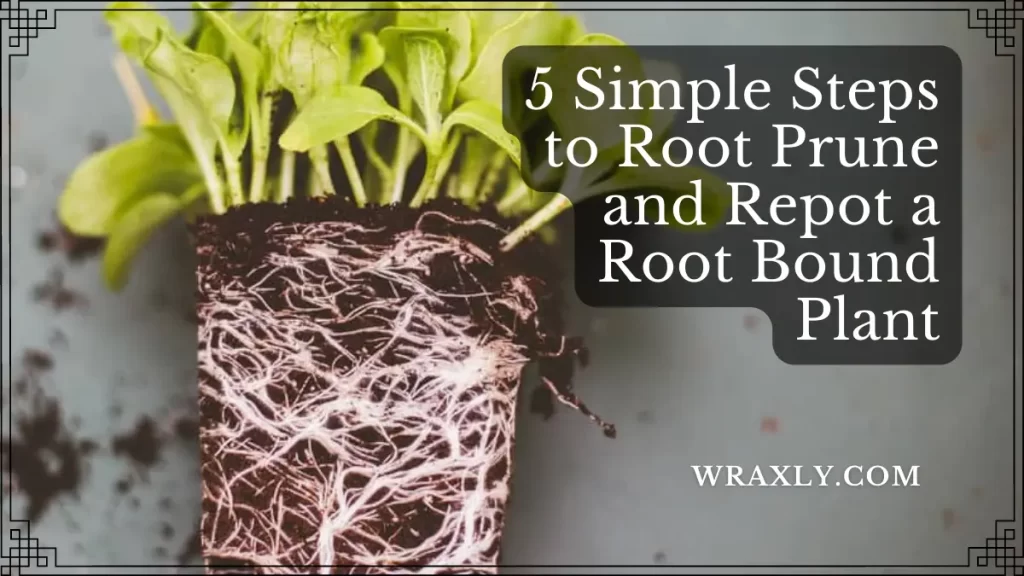
![Growing Plants from Cuttings [A Simple Guide]](https://wraxly.com/wp-content/uploads/2021/03/Growing-Plants-from-Cuttings-A-Simple-Guide-1200-1024x576.webp)